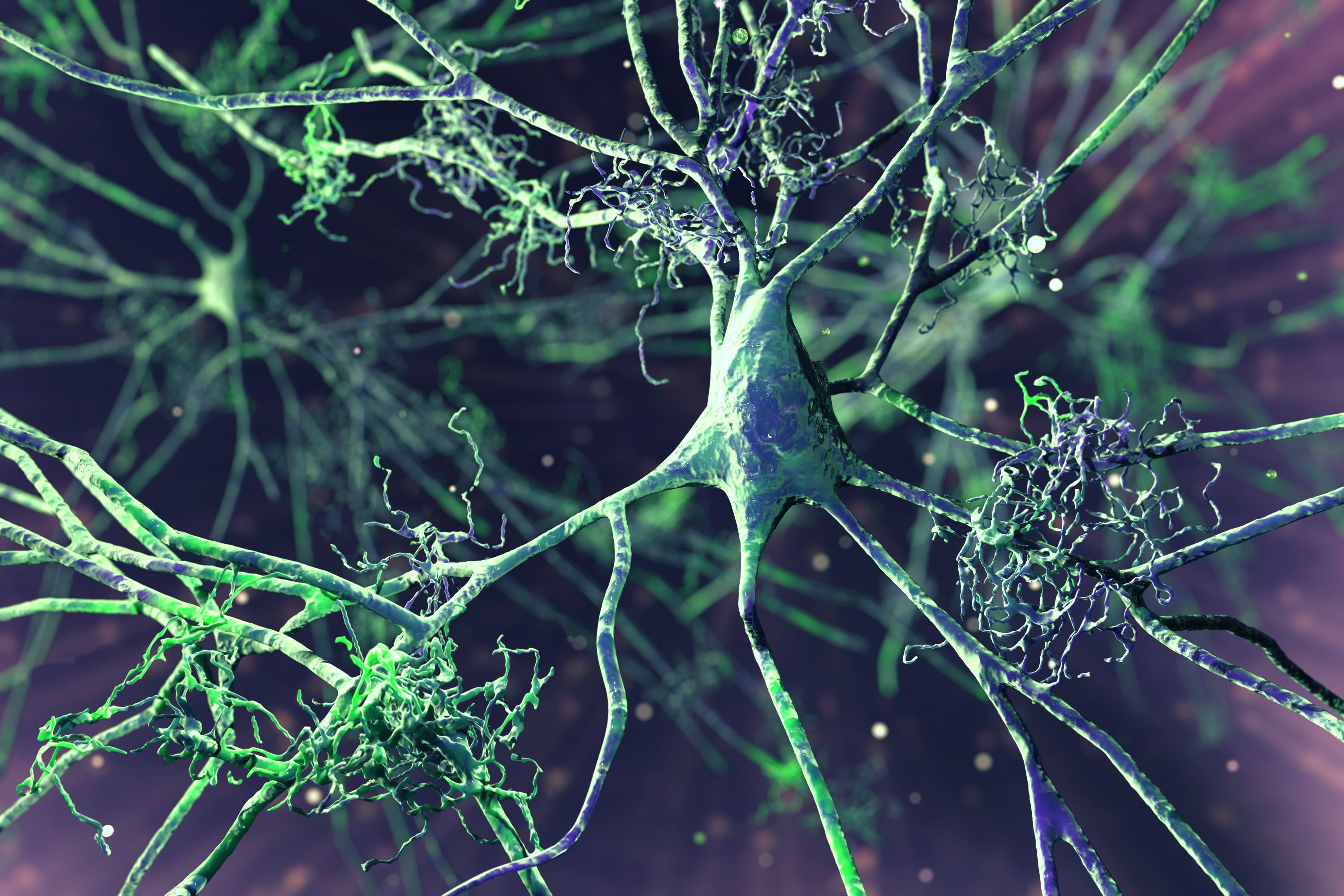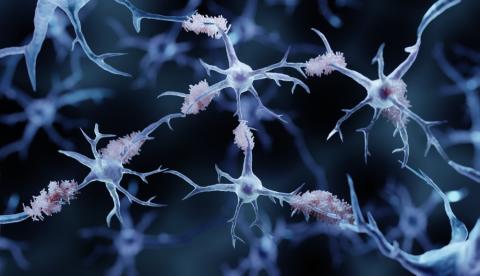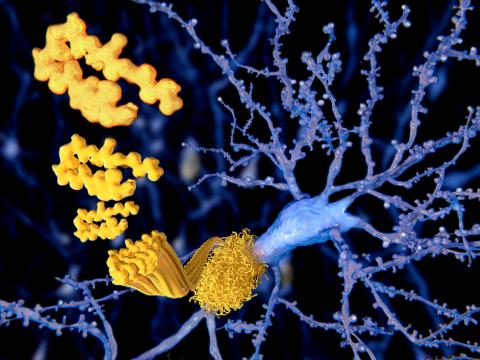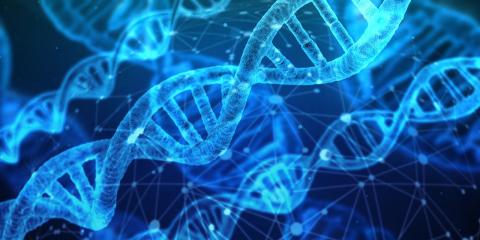Reactions: five cases of Alzheimer's described that may have been transmitted by growth hormone treatments from cadavers
Researchers have described five cases of people in the UK who developed Alzheimer's-like dementia after being treated as children with growth hormone from cadavers. The treatment was administered between 60 and 40 years ago. This suggests that the disease could be transmitted. However, the authors point out that this is a very rare occurrence and could have been caused by repeated exposure to a type of hormone that is no longer used. The results are published in the journal Nature Medicine.

Ferrer - Alzheimer gh (EN)
Isidre Ferrer
Neuropathologist and Professor Emeritus at the University of Barcelona
The study is carried out by a group of experts in prion and other neurodegenerative diseases in the UK, based on the follow-up of patients who were treated with growth hormone obtained from human cadavers according to procedures appropriate for the time. Cadaveric growth hormone treatments have been replaced years ago by synthetic growth hormone. The study is therefore based on non-repeatable historical series of patients.
The study is a manifestation of a rigorous scientific follow-up of people exposed to a treatment whose long-term complications were not foreseeable at the time the treatments were performed. The initial alarm, discovered several years ago, was the observation of the development of a transmitted prion disease in patients who had received growth hormone of cadaveric origin. About two hundred cases were described worldwide. Since, in some cases, the presence of amyloid, a protein accumulated in the brain in Alzheimer's disease, was also observed, the present study focused on the systematic analysis of patients who had received cadaveric growth hormone, with the aim of seeing whether they might have developed transmitted Alzheimer's disease as a consequence of the treatment.
The work is rigorous, although limited by the complexity of the sample. Of the eight cases described, only two have autopsy studies verifying the presence of Alzheimer's-type neuropathological changes. The diagnosis in the other cases is based on biomarker positivity during life. Even under these conditions, the brain changes revealed by autopsy are not the same as those in Alzheimer's disease, although they are very similar.
Experimental studies have shown the transmission of amyloid pathology and tau pathology (the two proteins essential for the diagnosis of Alzheimer's disease) in animal models after intracerebral inoculation (and occasionally by other routes) of samples enriched in amyloid or tau protein. These experiments are useful to show that tau can be passed from one neuron to another under physiological conditions and that abnormal tau can also be transmitted from one neuron to another, producing pathology in the recipient neuron.
The novelty of the work is to show that peripheral inoculation of suspected Alzheimer's disease material can lead to the appearance of Alzheimer's disease-like changes, including cognitive impairment, in an unknown but small proportion of patients who required this treatment many years ago.
This work, among others with similar preliminary results, raises the question of whether there may be a transmitted Alzheimer's disease in addition to the well-known sporadic and familial forms.
The limitations have already been mentioned; we are dealing with a series of non-repeatable patients, since growth hormone treatments of cadaveric origin have not been carried out for years. There is the possibility that historical cases may appear, but this form of transmission, although remote, has the irremediable tendency to become extinct.
As noted in the same paper, which is not at all alarmist, there is no evidence of any transmissible or contagious Alzheimer's disease outside the above-mentioned series and analogues.
Finally, the brain changes in patients who had treatment with growth hormone of cadaveric origin are shared with those found in Alzheimer's disease; however, it can be speculated whether this is really transmitted Alzheimer's disease or a form of neurodegenerative disease with amyloid deposits and tau deposits, unique and distinct from Alzheimer's disease in its sporadic and familial forms.
The published paper stresses the need for further scientific studies to better understand the mechanisms involved in Alzheimer's disease and other adult neurodegenerative diseases.
Tara - alzheimer (EN)
Tara Spires-Jones
Director of the Centre for Discovery Brain Sciences at the University of Edinburgh, Group Leader in the UK Dementia Research Institute, and Past President of the British Neuroscience Association
This study looked at whether people can develop Alzheimer’s disease as a result of a growth hormone treatment that is no longer used. As the authors of this study mention, there is no suggestion that Alzheimer’s pathology can be transmitted between individuals in activities of daily life. There is also no evidence that would provoke worry about current surgical procedures carrying any risk of transmitting Alzheimer’s disease. This current paper is a description of 8 people who received several years of injection of growth hormone extracted from human cadavers during childhood, 5 of whom went on to develop dementia 30-40 years later. The scientists attribute these symptoms to possible transmission of Alzheimer’s-related amyloid pathology from the growth hormone that started clumping of this amyloid in the brains of these people. While this is possible based on this paper and their previous data, it is not something for people to worry about as that type of growth hormone treatment is no longer used and even in people treated with that growth hormone, this outcome is very rare. Further, it is not possible to know for sure whether these people developed dementia due to their growth hormone treatment for several reasons: this study only looked at 8 people (a very small sample size), several of the people also had other risks for dementia like intellectual disability (in 2 cases) or a gene that substantially increase risk of Alzheimer’s (1 case), and the pathology shown in the paper for the people who donate post-mortem brain tissue is much milder than is found in people who died from Alzheimer’s disease.
Doig - alzheimer (EN)
Andrew Doig
Professor of Biochemistry and Programme Director for Biochemistry, University of Manchester
Does the press release accurately reflect the science?
“Generally, yes. However these final conclusions, based on the abstract, are very speculative: “However, they note that the recognition of amyloid-beta transmission emphasizes the need to review measures to prevent accidental transmission via other medical treatments and procedures. These findings could have implications for the processes that drive other types of Alzheimer’s disease and may provide insights into therapeutic strategies, they conclude.”
There is no evidence that the mode of disease transmission presented here (transmission by) has ever occurred elsewhere. We are already very careful about transmitting brain tissue between people, due to the small but real risk of passing on prions which might cause CJD.
There is evidence that amyloid-beta aggregates can travel across synapses in the brain, spreading dementia. This work adds support to this idea. Whether the work has any implications for therapeutic strategies remains to be seen. The paper speculates on whether different strains of amyloid-beta are present, resulting from different aggregate structures, but present no direct evidence for this".
Is this good quality research? Are the conclusions backed up by solid data?
“Yes, the work is thorough and carefully done. As discussed above, the discussion on the need for new procedures, the existence of strains and implications for therapies are speculative and lack evidence. Otherwise, the conclusions are reasonable, but we must bear in mind that only 8 patients are considered".
How does this work fit with the existing evidence?
“Previous work has shown that aggregates of amyloid-beta could be transmitted to humans along with human growth hormone, though we did not know whether they had any effects. This new work suggests for the first time that these aggregates can indeed cause a disease resembling Alzheimer’s".
Have the authors accounted for confounders? Are there important limitations to be aware of?
“It is well known that early onset Alzheimer’s can be caused by mutations in the PSEN1, PSEN2 or APP genes. This does not seem to be the case here. Other possible explanations for the Alzheimer’s symptoms are intellectual disability in the patients, other linked diseases, growth hormone deficiency or effects of radiotherapy. All were ruled out, leaving Alzheimer’s transmission from the growth hormone treatment as the best explanation for the disease symptoms. One must be cautious, however, as only 8 patients are considered and some data for them in incomplete, such as the genetics.
It is important to emphasise, however, that these symptoms seem to have arisen from a medical procedure that was last used in 1982".
What are the implications in the real world? Is there any overspeculation?
“While the new type of Alzheimer’s reported here is of great scientific interest, as it reveals a new way to spread the disease, there is no reason to fear it, as the way in which the disease was caused was stopped over 40 years ago. Disease transmission from human brain to brain in this way should never happen again".
"I am a director, founder and consultant for PharmaKure, working on new diagnostics and therapeutics for Alzheimer's Disease. I have no direct conflict of interest with this research".
Bart - Alzheimer (EN)
Bart De Strooper
Group Leader at the UK Dementia Research Institute at UCL
This is a very interesting study providing further insight on the risk of a transmissible form of amyloid beta, a protein implicated in cerebral amyloid angiopathy and Alzheimer’s disease.
As the authors noted, based on current evidence, the risk of acquiring a transmissible form of amyloid is very low. No one should reconsider or forego any medical procedure, especially for blood transfusion or neurosurgery which saves many lives worldwide every year.
However, it is always important that we continue to review and scrutinise evidence where public health is concerned. In previous correspondence involving several experts in the field (see reference), we have called for increased vigilance and long-term monitoring, particularly following procedures in early life that involve human fluids or tissues. Practical steps recommended include conducting larger epidemiological studies, continued investigation of risk using animal models, and the development of low cost, high-throughput sensitive tests for amyloid beta and other proteins to facilitate the precautionary sterilisation of, for example, neurosurgical instruments.
Banerjee et al.
- Research article
- Peer reviewed
- Observational study
- People



